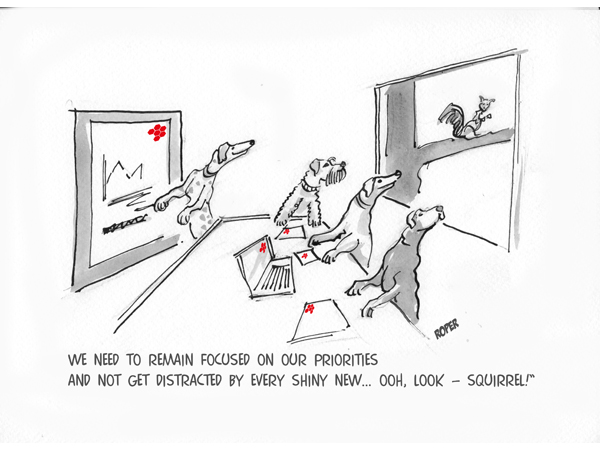When you hear “employee ownership,” you might picture endless meetings, decisions made by committee, and a business grinding slowly to a halt.
In reality, the best EO (employee-owned) businesses show us something very different – and very valuable – about how any organisation can handle conflict and decision-making better.
Whether you’re employee-owned, family-owned, or founder-led, these lessons are worth learning. Because wherever people work together, you’ll find disagreement. And wherever decision-making is unclear, you’ll find frustration, bottlenecks, and drift.
These challenges aren’t a sign of failure, and with a few smart structures in place, they can actually become a source of strength.
Decision paralysis
It’s not conflict that causes businesses to become unstuck, it’s confusion.
When it’s unclear who’s responsible for making a decision, or what kind of input is expected, even the simplest issues can get bogged down. People hesitate, meetings go round in circles, small disagreements flare up into bigger ones and energy leaks out of the system.
Employee-owned businesses can be especially vulnerable to this – but they’re not alone.
It happens in any SME where:
- Decision-making roles aren’t clear
- Strategic and operational decisions get muddled together
- Too many people feel responsible, or nobody feels quite responsible enough
Left unchecked, this leads to decision paralysis: slow progress, disengagement, and a creeping sense that nothing ever really gets done.
So how do you avoid the trap?
The solution isn’t cutting people out of decisions altogether, it’s making the decision-making process clear, structured, and deliberate.
Smart businesses – EO or otherwise – do this by:
- Defining what’s strategic and what’s operational Who needs to be involved at a strategic level (vision, major investments, structural changes)? What decisions are best handled quickly and directly by leadership?
- Setting clear expectations for involvement When do you want input from a wider group? When are you simply informing them of a decision?
- Creating escalation routes If there’s a disagreement, how does it get resolved, and by whom?
When people know how decisions are made, and where they fit into the process, they’re far more likely to stay engaged, focused, and collaborative – even when they don’t agree with every decision.
Handling conflict when (not if) it arises
Conflict is a fact of life in any growing organisation. It’s not the presence of conflict that matters – it’s how you deal with it.
The best-run businesses approach conflict as something to be handled openly, respectfully, and early – before it can turn into resentment or factionalism.
They build in:
- Clear conflict resolution policies – so everyone knows the process.
- Training in constructive debate – helping teams separate ideas from individuals and challenge respectfully.
- Strong governance structures – making sure conflicts don’t fester but are channelled towards resolution.
Some organisations use employee councils or steering groups to surface and work through tricky issues. Others train internal mediators to help when conversations get stuck. Some use structured consensus-building methods to involve broader teams without grinding decision-making to a halt.
What’s the common thread? They don’t avoid conflict – they handle it well.
Closing thought
Whether your business is employee-owned or not, you’ll face exactly the same challenges around conflict and decision-making as you grow.
The lesson from the EO world is simple:
Clear structures, strong processes, and confident leadership don’t stifle collaboration – they make it possible.
When you get this right, you don’t just avoid conflict and confusion, you create a business where people know how to challenge well, decide well – and move forward together.
And that’s the kind of business that doesn’t just survive – it thrives.
